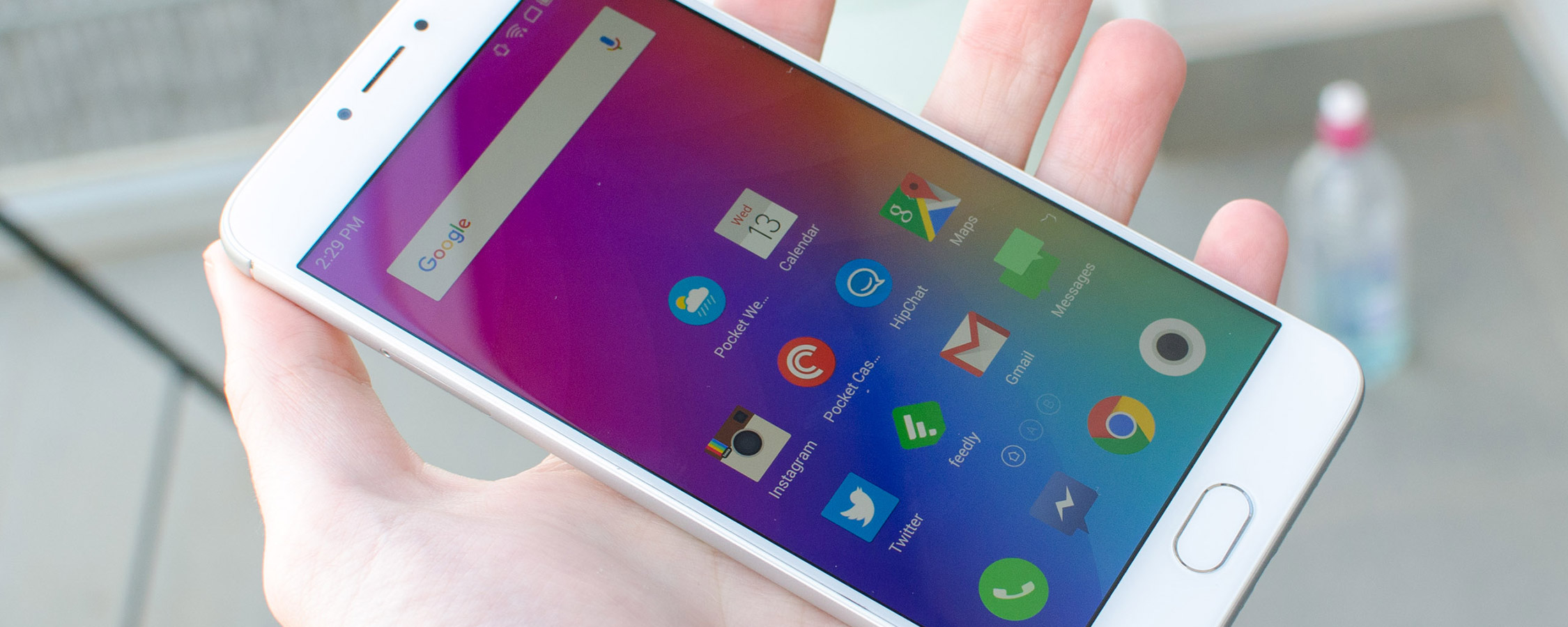Hardware Overview and CPU Performance
The primary piece of hardware inside the Meizu m3 Note is the MediaTek Helio P10 SoC, which is an octa-core design featuring eight ARM Cortex-A53 CPU cores: four clocked at 1.8 GHz, and four clocked at 1.0 GHz, providing a big.LITTLE arrangement. There's also an ARM Mali-T860 MP2 GPU clocked at 700 MHz, and a 32-bit memory controller providing 7.4 GB/s of bandwidth.
The Helio P10 is still built using an aging 28nm HPC+ process, but this is no different to Qualcomm's entire Snapdragon 400 series, which is the main competitor to MediaTek's entry-level chip. And as you'd expect, the Helio P10 is fully 64-bit capable thanks to ARMv8-A support.
While the Helio P10 is an octa-core chip, I basically never saw more than six cores utilized in practice. This includes during benchmark runs, so it seems either MediaTek or Meizu has implemented a CPU governor that prefers to keep two cores inactive most of the time. Most real world applications don't take advantage of eight cores anyway, so it's not a significant issue.
The m3 Note also includes 2 or 3 GB of LPDDR3 memory, depending on whether you opt for 16 or 32 GB of internal NAND. I'm not a fan of splitting up SKUs in this way, and would prefer all models to come with 3 GB of RAM. The model I received to review is the 2/16 GB model.
In general, the m3 Note includes better wireless support than the 3rd-gen Moto G. The LTE radio integrated into the Helio P10 supports Category 6 speeds on seven LTE bands, mostly suitable for Europe and Asia Pacfic with limited support in the Americas. There's also Wi-Fi 802.11a/b/g/n on both 2.4 and 5.0 GHz (the Moto G only has single-band Wi-Fi) plus Bluetooth 4.0, and A-GNSS. Like most budget devices, there's no NFC in the m3 Note.
The m3 Note's performance in general leaves a bit to be desired. To be clear, it's much better than the Umi Touch, which used a previous-generation MediaTek SoC. However, the Moto G 2015 feels faster to use in general, which is disappointing as performance can be key to the success of an entry-level handset. To see what the issue is, let's take a look at some benchmarks.





In CPU-limited workloads, the Helio P10 boasts around 15% better performance than the Snapdragon 410. Interestingly, this doesn't match the 50% increase in clock speed of the A53 CPU cores, and that's without factoring in the extra four cores that the P10 includes. This doesn't surprise me, as I don't believe there is enough driver or software optimization for MediaTek SoCs compared to Qualcomm, particularly in budget devices.
However, it doesn't appear that the m3 Note is CPU limited compared to the Moto G 2015, which felt faster to use. I should be clear here that the performance issues I experienced using the m3 Note, compared to the Moto G 2015, are almost entirely restricted to app launching, multi-tasking, and Google Chrome. Performance in most other apps is fine, and in some cases better than the Moto G 2015. Clearly the standard CPU benchmarks I perform are not going to reveal the cause of the issues, so I decided to explore other possible causes.
I didn't have to dig far to notice a strange anomaly about the m3 Note's memory usage in comparison to the Moto G 2015. Both devices pack 2 GB of RAM, however the Moto G has around 1.3 GB free without any applications open or suspended, compared to just 600 MB on the m3 Note. This indicates to me that the m3 Note's software stack is using way too much memory.
With such a small portion of RAM available to applications, it's no wonder that app launching and multi-tasking feels slow compared to the Moto G 2015. Whenever an app is launched, the m3 Note has to shuffle around applications, clearing some RAM and suspending some applications, which causes slowdowns. There's a similar issue when mulit-tasking, as the m3 Note must re-load apps from NAND much more often, as it can't keep as many apps stored in RAM.
For this reason, I'd strongly recommend spending the extra money to purchase the 32 GB model, which also comes with an increased 3 GB of RAM. It's disappointing that the cheaper m3 Note is RAM limited, as I believe this is something that could have been fixed with better optimization and resource management.


